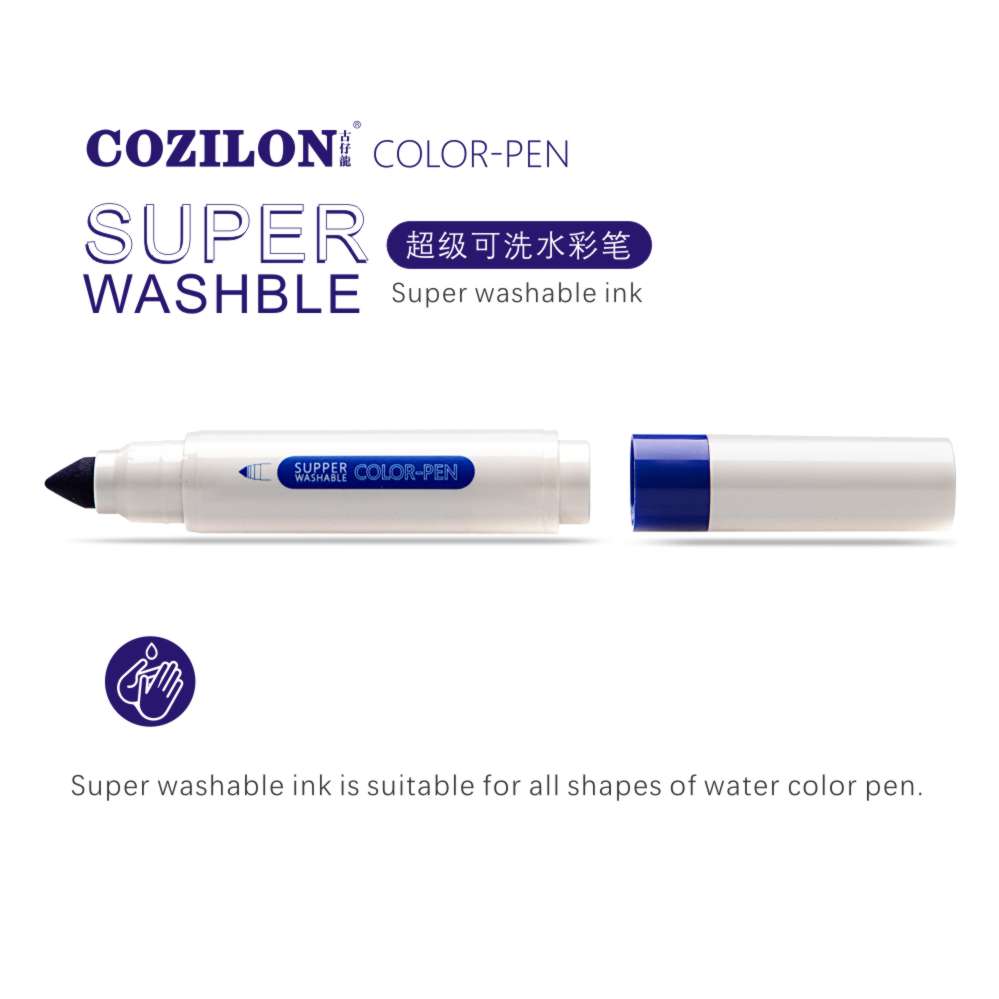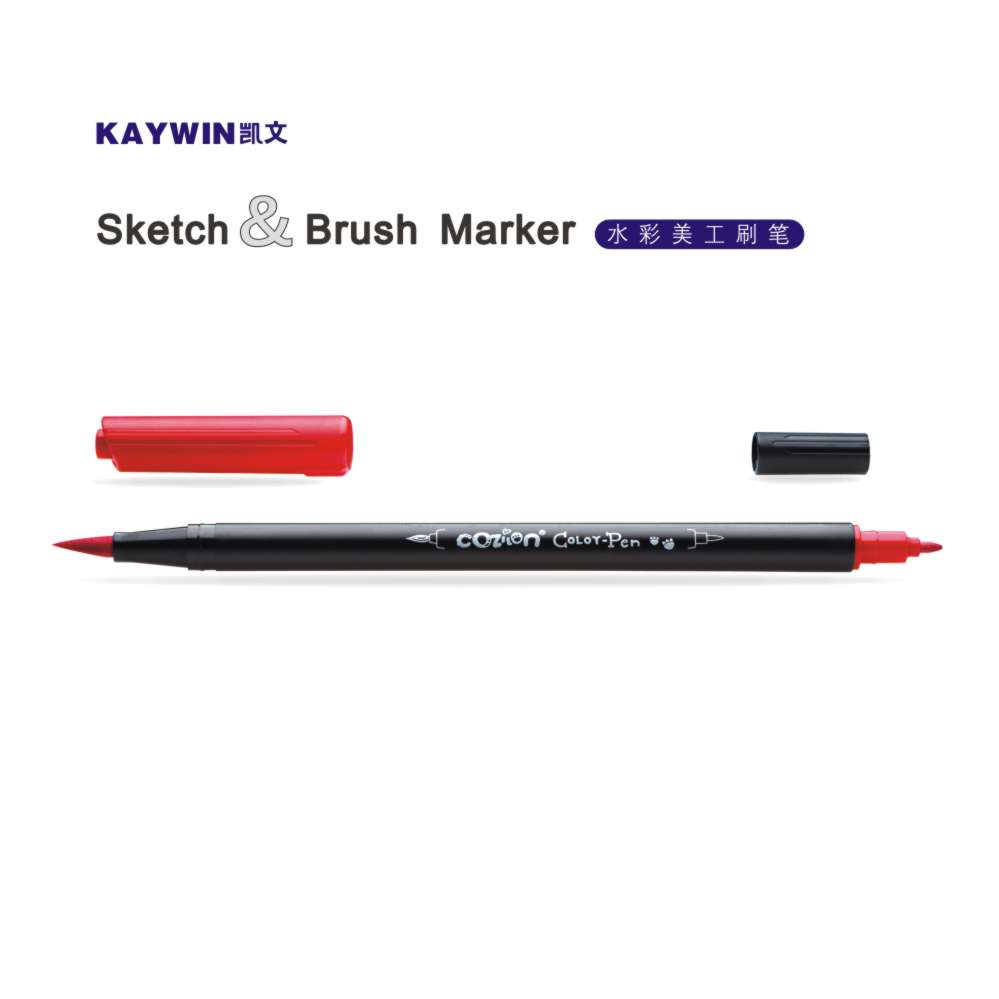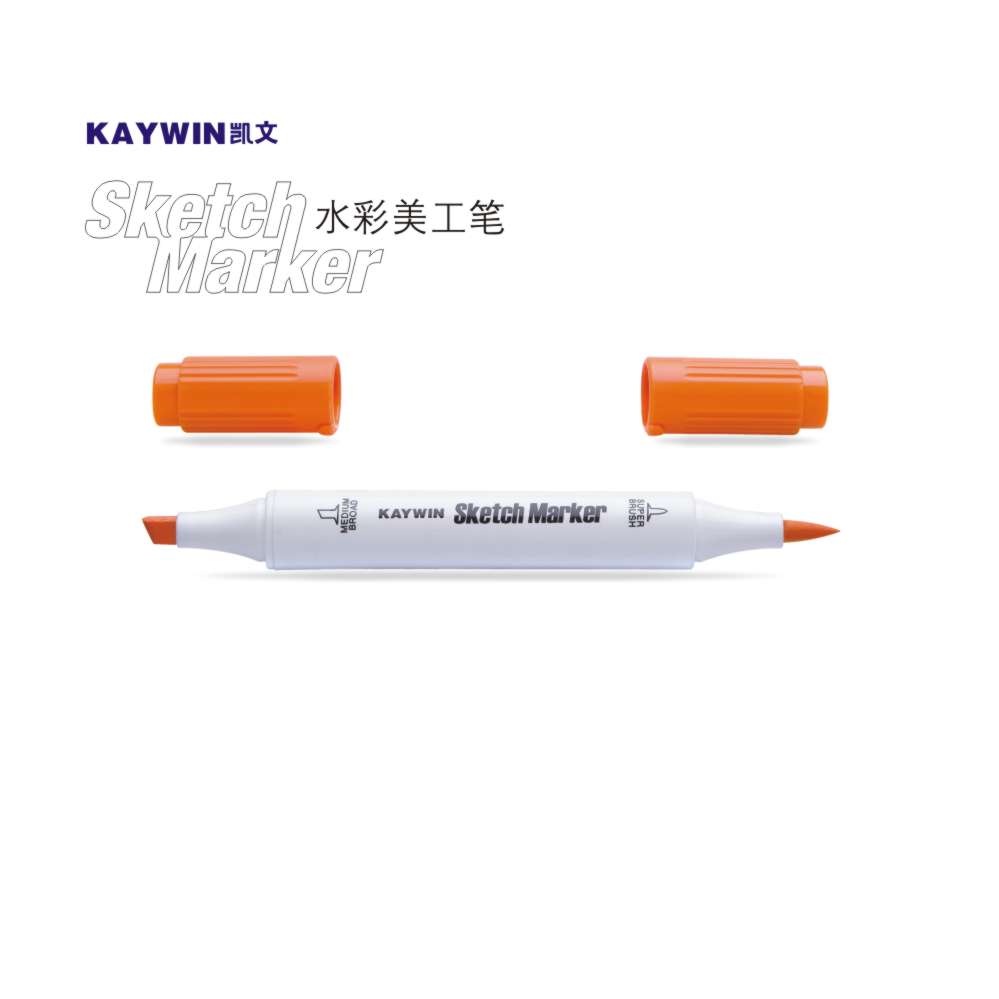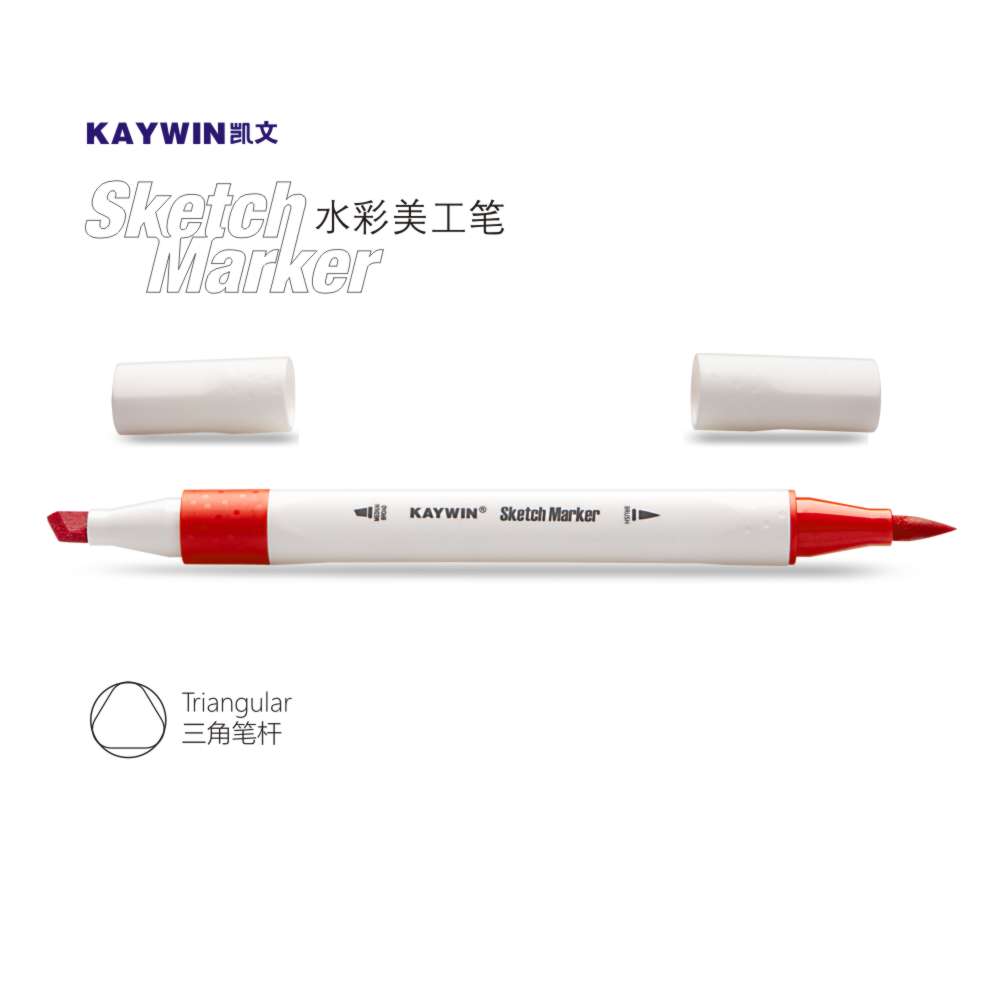How to Fill Watercolor Brush Pens
Watercolor brush pens are an ideal way to practice watercolor techniques without using up paint. Plus, they dry quickly, so you can quickly create a finished piece in no time!
You can experiment with color and brush strokes by changing the amount of water in your pen, as well as altering its pressure. Doing so will enable you to switch between thick and thin lines for different effects.
Filling Watercolor Brush Pens
Watercolor brush pens are an incredibly versatile and user-friendly medium that enables you to craft watercolor effects with just a few strokes. They’re great for creating patterns and textures as well, such as soft ombre effects, gradients, color washes, and dreamy blending.
Filling a watercolor brush pen is simple: unscrew the cap and fill it with water. This helps regulate liquid flow, keeping your brush tip moist.
Fill watercolor brush pens with a variety of materials, such as paints, inks, and liquid watercolors. Liquid watercolors are particularly advantageous since they allow you to mix colors and create custom tonal values.
You can buy pre-filled watercolor brush pens that already have the brush tip attached. However, it’s best to clean them before use, so they last as long as possible.
How to Fill Water Brush Pens with Ink

Super Washable Ink

There are various methods for filling water brush pens with ink. Some can be refilled, while others require you to mix liquid colors and water together to fill them.
Watercolor brush pens offer vibrant color in a clean, mess-free format – making them ideal for plein painting or working in small spaces.
Paints produce more vibrant, consistent hues than watercolors, but they can also be diluted and vary their intensity to resemble traditional watercolors. To do this, blend the hue sparingly and wait for it to dry before applying other hues.
Another technique is to use colorless blenders that help soften the edges between different hues. This approach works especially well when you want a subtler transition from one hue to the next.
No matter which ink you select, it is essential to select a sturdy paper that can withstand repeated reworking and blending. Heavy-weight yet smooth papers work best as they prevent leaks of ink or warping.
Cleaning Watercolor Brush Pens
If you use watercolor brush pens to paint and plan to keep them for a long time, cleaning them regularly is essential. We suggest soaking the brushes in a solution of mild soap and water to disinfect them.
To complete the cleaning process, swirl the soapy solution around the bristle tip and rinse it away with clear water. Repeat this step until your brush pens are spotless.
When you are ready to store your watercolor brush pens, it is recommended that they be kept in a case that prevents them from shifting. The case should be designed so that each pen has its own section for storage.
Watercolor pens are an enjoyable and accessible tool for creating art. Not only are they user-friendly, odorless, and free of Xylene, but they’re great at drawing or coloring, too – plus, you can blend them to achieve different effects!
Hopefully, this video will be a little more straightforward in showing you how to fill a watercolor brush pen.
Kaywin is a Chinese company that produces high-end writing instruments. While they may be one of the best-known brands in this industry, what truly sets their products apart is the amount of innovative technology used in each pen.



